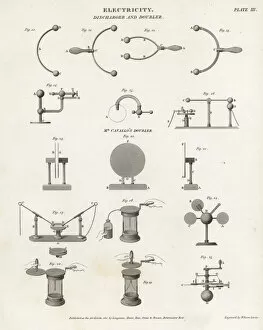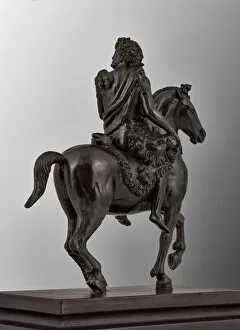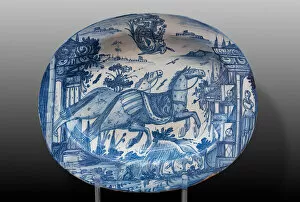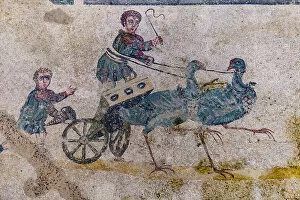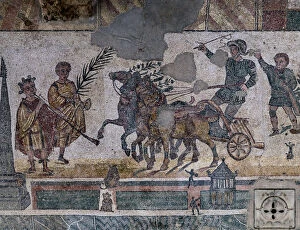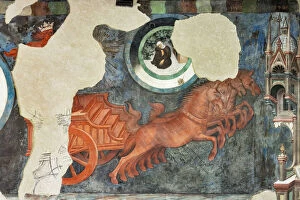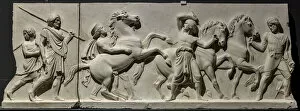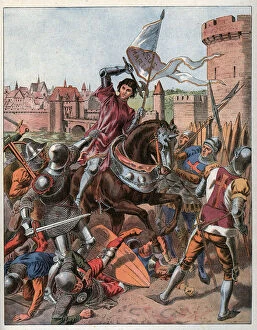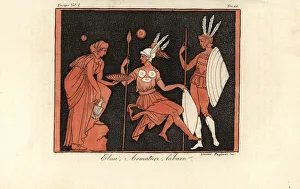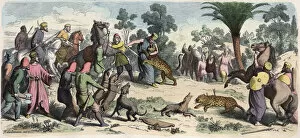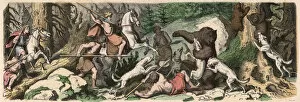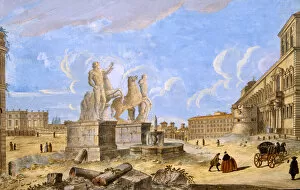Cavallo Collection
"Cavallo: A Glimpse into Ancient Warrior Traditions and Equestrian Mastery" Step back in time to the era of ancient Germanic warriors
All Professionally Made to Order for Quick Shipping
"Cavallo: A Glimpse into Ancient Warrior Traditions and Equestrian Mastery" Step back in time to the era of ancient Germanic warriors, where bravery was measured by the heads of their vanquished foes adorning their attire. These fierce individuals, known as cavallos, were revered for their strength and valor on the battlefield. Meanwhile, in ancient Greece, a different kind emerged - one who mastered the art of mounting and riding horses with great finesse. This Greek method became synonymous with equestrian excellence and laid the foundation for future generations' horsemanship skills. Fast forward to the 18th century when electrical dischargers and doublers fascinated inventors seeking new ways to harness electricity's power. These contraptions added an electrifying twist to everyday life but also served as a testament to humanity's ceaseless pursuit of innovation. The Carthaginians left us awe-inspired through "The Lion Hunt, " a vividly colored engraving from 1866. It depicts courageous men engaging in a perilous battle against mighty lions – reminiscent of those ancient Germanic warriors who wore their victims' heads proudly. Another captivating scene etched into history is Alexander the Great's warfare campaign in the Balkans during 335 BC. The colored engraving transports us back to that tumultuous period when armies clashed, showcasing both strategic brilliance and raw military might. Hercules himself takes center stage multiple times within this narrative - his legendary feats immortalized through bronze sculptures dating back centuries ago. One such masterpiece portrays him after slaying bare-handed the Nemean lion, its skin draped over his shoulders as he holds open its fearsome mouth with ease. Intricate mosaics further enrich our understanding of equine culture throughout history; they depict chariot races featuring majestic steeds pulling carts driven by skilled riders or quadrigas competing fiercely for victory on mosaic floors that have stood the test of time.




